What Causes Potholes and How to Prevent Them
Key Takeaways
- Potholes develop when water seeps under the road, freezes, and then thaws, weakening the pavement. Vehicles driving over these weak spots cause further damage, leading to the formation of potholes.
- Regular maintenance, including crack filling, use of quality materials, and effective road design with good drainage, helps prevent potholes.
- Advances in pavement technology, such as self-healing asphalt and sensors that detect damage, along with consistent maintenance, can extend the life of roads.
- Heavy traffic and temperature changes also contribute to pothole formation. Quick repairs of small issues can prevent bigger problems.
- The cost of fixing potholes impacts everyone, from government budgets to commercial property managers, who may face increased taxes or fees due to frequent road repairs.
understanding pothole formation
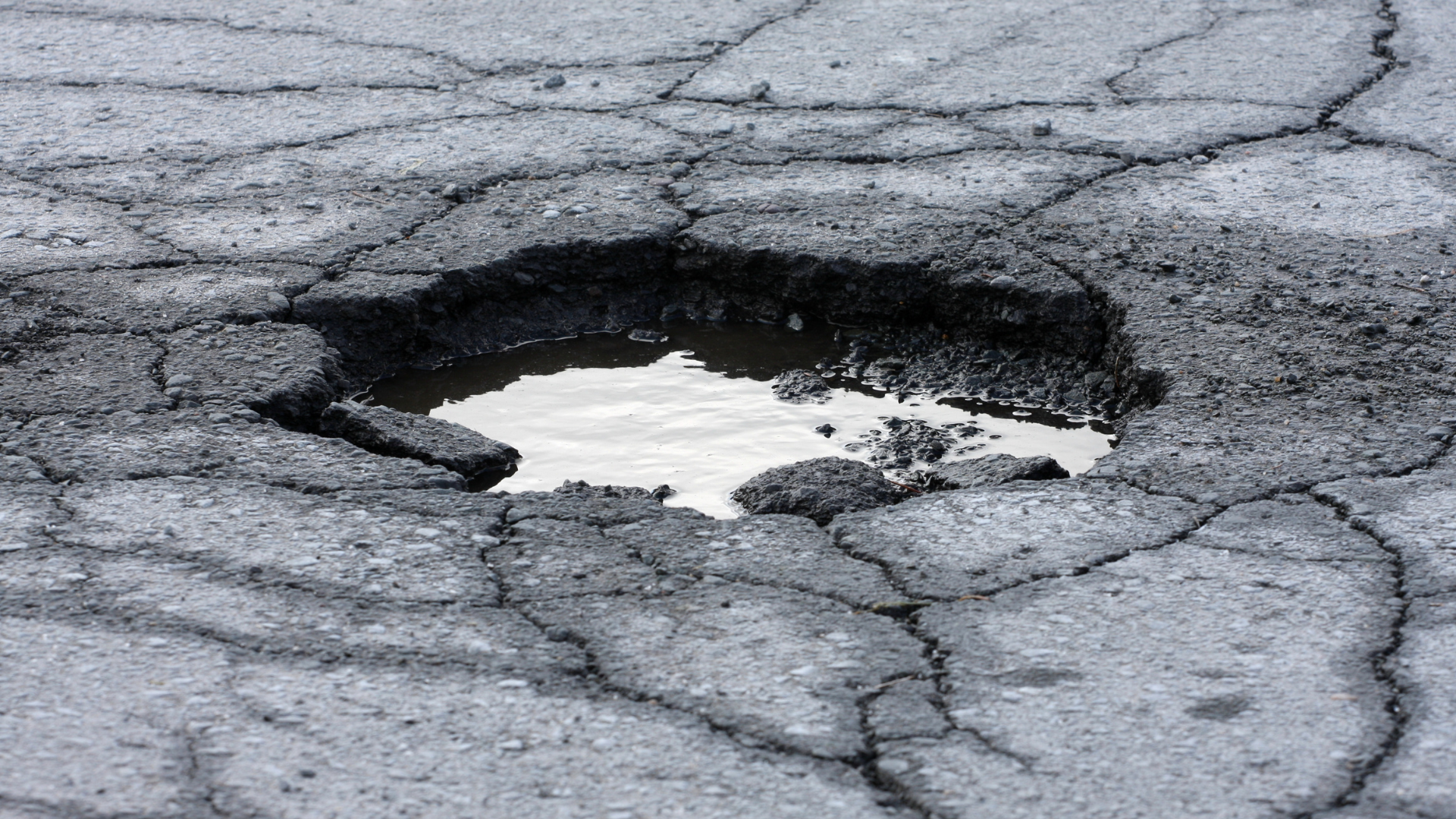
Potholes begin to form when water seeps into tiny cracks on the surface of the road. During cold weather, the water freezes, expands, and pushes against the pavement, making the cracks wider. Vehicles driving over these areas apply pressure, breaking down the asphalt even more. Over time, this process creates a hole that continues to grow if left unattended.
stages of pothole development
The development of potholes is a gradual process that starts with small cracks. Here’s how it happens:
- Water penetrates tiny cracks in the asphalt.
- When temperatures drop, the water freezes and expands, causing the cracks to widen.
- Vehicles driving over these cracks cause further damage. The pressure from heavy trucks and cars breaks down the asphalt.
- Repeated cycles of freezing, thawing, and vehicle pressure cause the asphalt to deteriorate further, leading to loose pieces and, eventually, a pothole.
- Each winter, this cycle repeats, and without prompt repairs, the pothole grows larger.
- Hot weather can also weaken asphalt. When temperatures rise, the asphalt softens and becomes more susceptible to damage from vehicles.
- Heavy rain can erode the base of roads, making them more prone to forming potholes. Without a strong foundation, roads become weaker and more vulnerable to damage.
Factors contributing to pothole prevalance
After understanding how potholes form, it’s crucial to consider what makes them so common. Several factors contribute to their frequent appearance:
- Water infiltration - Water penetrating the pavement is one of the biggest causes of potholes. When it freezes, it expands and pushes the pavement upward. As the ice melts, it contracts, creating gaps where more water can enter. This freeze-thaw cycle weakens the pavement, causing it to break apart.
- Heavy traffic - Constant traffic, especially from heavy trucks, adds stress to the road surface. Over time, this stress creates cracks, which can turn into larger, more serious damage.
- Temperature fluctuations - Extreme changes in temperature cause the asphalt to expand in heat and contract in cold. These shifts lead to cracks forming, which allow water to seep in and start the process of pothole formation.
- Poor maintenance - Failing to address small issues quickly often leads to larger problems. Regular inspections and repairs can help keep roads smooth and safe.
- Low-quality materials or improper construction - Roads built with substandard materials or poor construction techniques are less durable. If the materials used aren’t suited to handle heavy traffic and weather changes, the pavement will deteriorate faster.
Understanding these factors enables commercial property managers to plan more effectively for maintenance. Addressing these issues can prevent potholes from forming on the paved areas around their properties.
impact of potholes on road safety and maintenance
Potholes present significant risks to road safety. They can cause serious vehicle damage, lead to accidents, and drive up maintenance costs. Commercial property managers should be aware of these risks, as frequent repairs become necessary if potholes are not addressed quickly.
Road Damage and Vehicle Wear
Potholes cause considerable damage to roads, increasing maintenance costs. They also lead to vehicle wear and tear, causing owners to spend more on repairs and replacements. Additionally, potholes can increase the risk of accidents, as they make it harder for drivers to maintain control of their vehicles.
Effective maintenance practices, such as using quality materials during asphalt paving, can reduce how often potholes form. Educating clients about the benefits of early action can keep roads in better condition for longer, reducing the likelihood of car damage and other issues. Fixing potholes quickly prevents them from worsening and causing further damage to the road.
Economic Implications of Road Repairs
Fixing potholes can be expensive. Governments allocate large budgets for road maintenance, and this spending impacts everyone. For commercial property managers, frequent road repairs can stretch maintenance budgets thin. Roadwork may limit access to commercial spaces, potentially reducing customer traffic and impacting business operations.
In some cases, cities may raise taxes or fees to cover the high cost of road repairs. This could lead to increased operating expenses for property managers, affecting the bottom line for their tenants.
Managing these costs requires strategic planning and budgeting. Advances in pavement technology can help prevent potholes, leading to long-term savings and fewer disruptions.
strategies for pothole prevention
advances in pavement technology
New technologies are helping to prevent potholes. For example, some companies are using a special mix of asphalt that can heal itself when small cracks form. This self-healing property means fewer potholes over time. Another innovation involves using sensors embedded in the road to detect damage early. This allows for quicker, more targeted repairs before cracks have the chance to turn into larger potholes.
These technologies improve road durability, making them a smart investment. They also help property managers plan maintenance activities more efficiently. Using high-quality asphalt materials during construction can make a big difference. Roads made with durable materials last longer and withstand heavy traffic and harsh weather better.
Effective Maintenance Practices
Consistent maintenance practices are critical for keeping roads in good condition. Regular inspections help identify and address potential issues before they grow. Timely repairs prevent minor damage from becoming a bigger problem. Using high-quality materials during repairs also ensures that roads remain in good condition for a longer period.
Educating property managers about proper maintenance schedules is an important part of preventing pothole formation. Knowing how often to inspect and repair their pavements can save money and keep roads safer. Hiring experienced paving contractors ensures that work is done correctly, leading to longer-lasting results.
Contact asphalt solutions today!
Potholes start when water seeps into cracks, freezes, and expands, weakening the pavement. Heavy traffic, poor drainage, and improper installation contribute to the problem. Addressing small cracks quickly can stop them from becoming bigger potholes. Using quality materials and experienced workers helps build roads that stand the test of time.
Think about how effective maintenance and smart construction could protect your property's paved surfaces. Contact Asphalt Solutions today for reliable pothole repair and other commercial paving services. Prevent future issues and keep your roads in top condition by partnering with a professional paving company.
FAQS
What are the main causes of potholes?
Potholes form mainly due to water penetration and traffic stress. Rainwater seeps into cracks, freezes, and expands, causing the asphalt to break apart. Heavy vehicles further exacerbate this process.
How can potholes be prevented?
Prevention involves using high-quality materials during construction and regular maintenance practices, such as crack sealing, to keep water out of the pavement.
What are the effective methods for repairing potholes?
Filling potholes with asphalt or cold patch material provides a temporary fix, while more comprehensive repairs address underlying issues to prevent future damage.
Can preventing and repairing potholes save money in the long run?
Yes, timely maintenance prevents larger damages, saving significant costs on future repairs and reducing the overall expense of road maintenance.
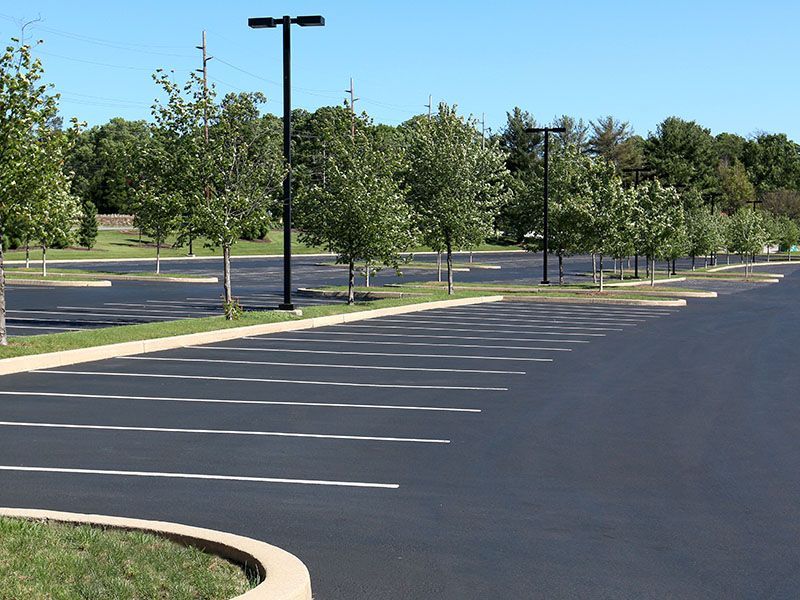

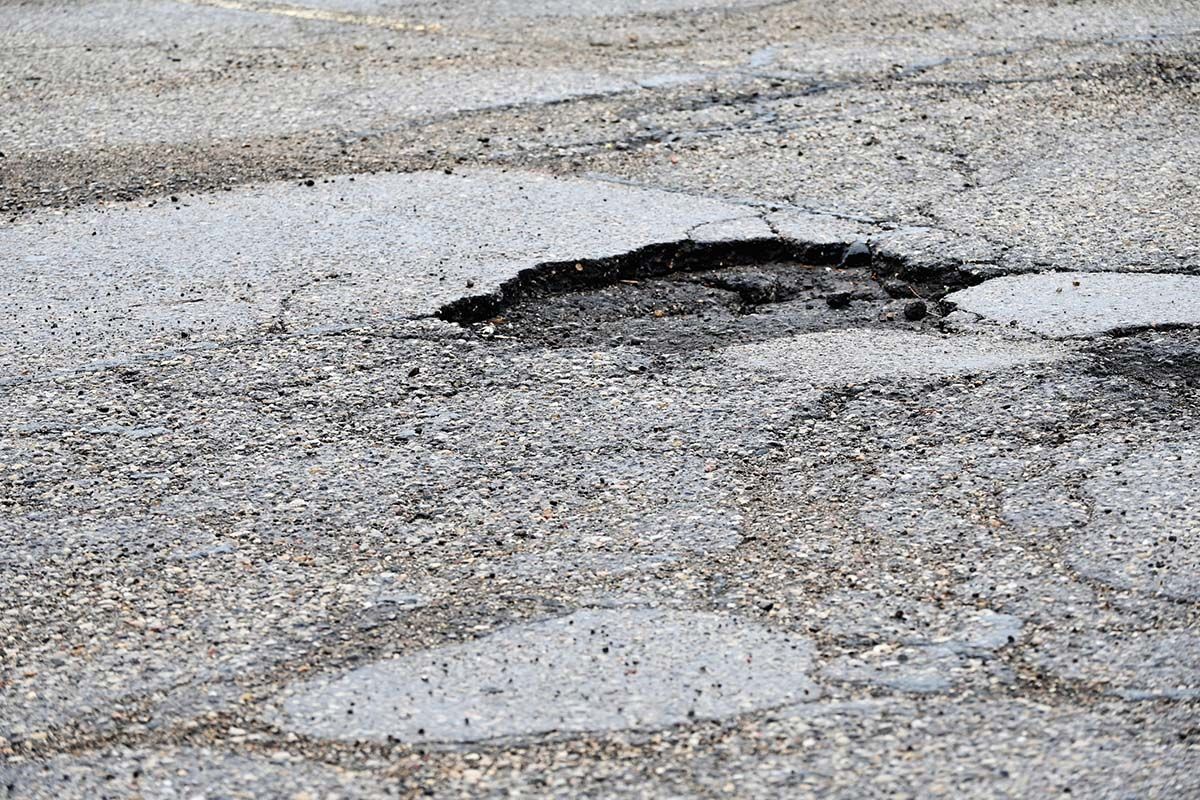

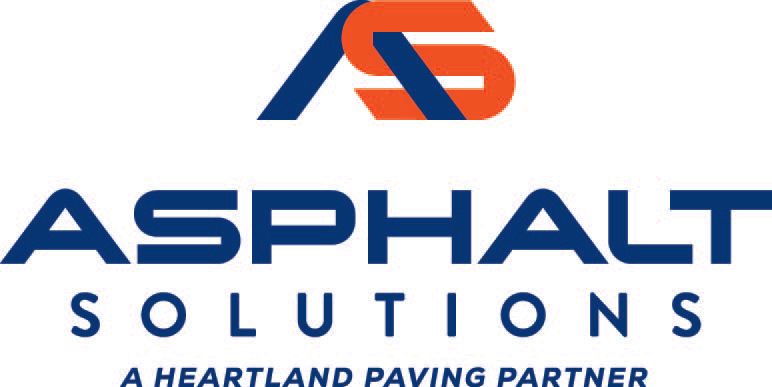


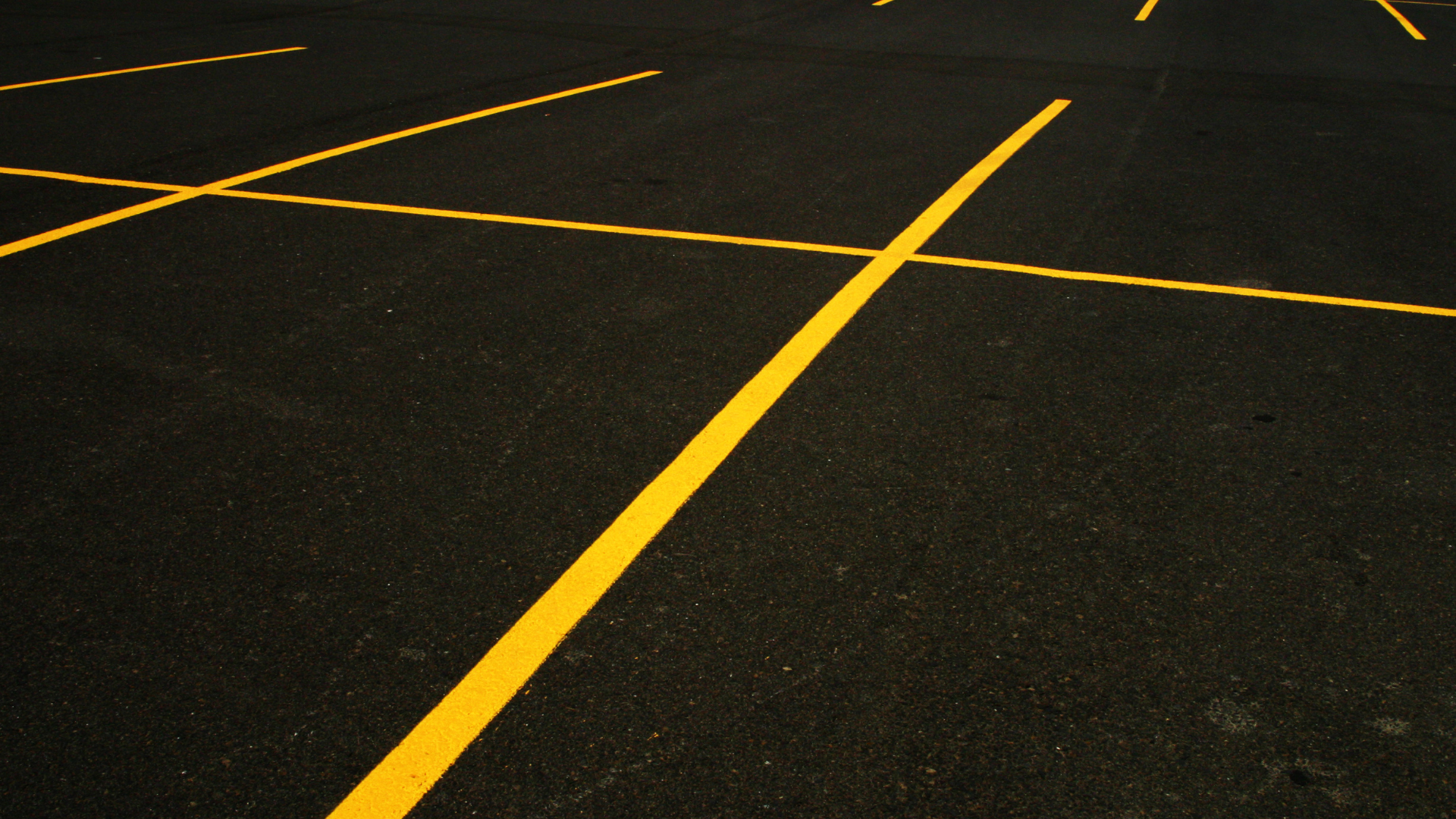
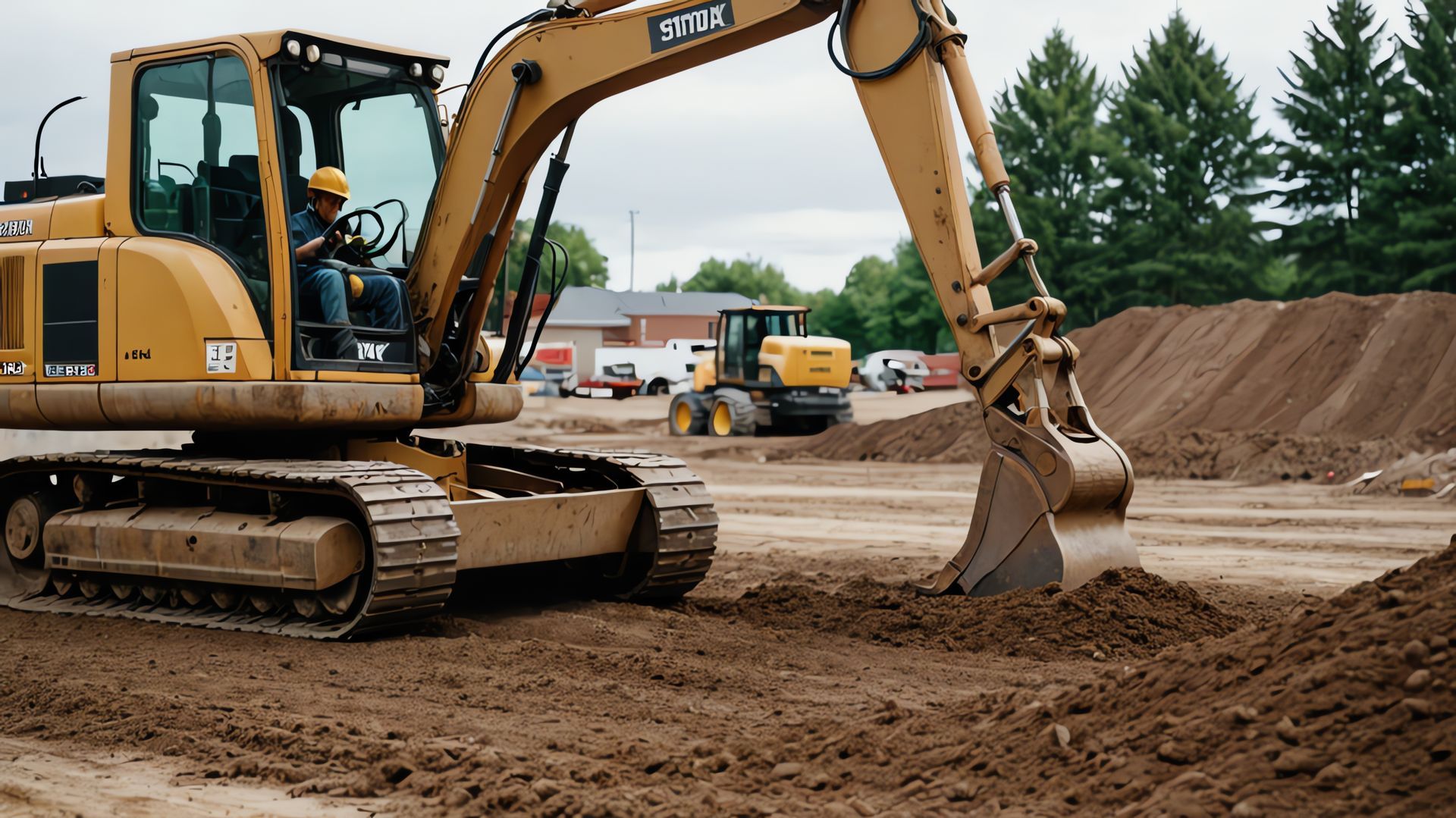


Share On: